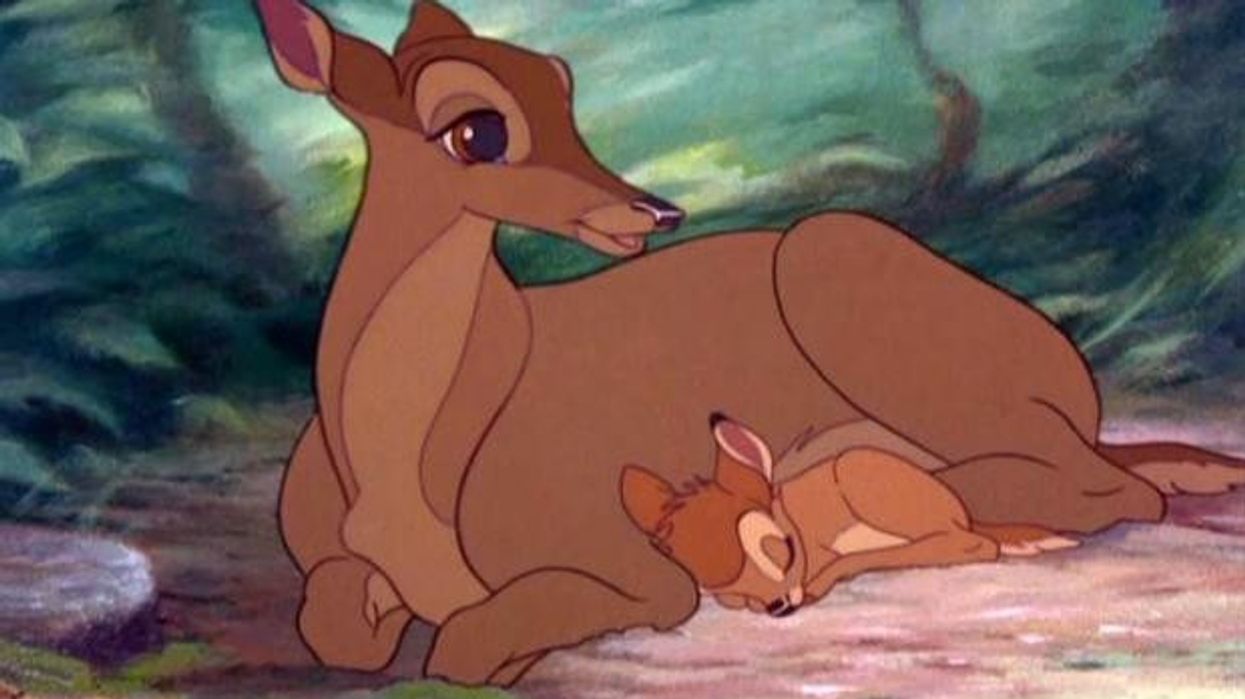Watch: Bambi's Subversive Past
In 'Bambi', Disney wrestled with a struggle that faces almost all independent filmmakers.

When most viewers think of Bambi, their thoughts go first to Bambi's innocence, and to the tear-jerking nature of the story: A little doe. A vast, dark forest. Shadows. Huge creatures. What could go wrong? The bigger picture, however, is that this 1942 film was pivotal for Walt Disney Studios. It stood at a crossroads, for the studio's creative personnel, between experimentation and commercially viable filmmaking. Part of the film's power is that it manages to do both.
In a struggle all filmmakers face, in which our creative impulses are pitted against the market, Disney managed to come out victorious, producing a film which managed to both appeal to a broad audience and access the murkier sides of its creators' imaginations. John Alleggretti and Wesley Emblidge of YouTube's The Old Hollywood Times tell the story with admirable brevity and elegance here.
The backstory begins—and ends, in a sense—with the 1940 Disney film Fantasia, an anthology of wondrous miniature narratives set to a wild, clamorous classical soundtrack: a collection of marvels whose artistic strength and box office floppitude stemmed from the fact that it wasn't trying to make too much narrative sense. The studio heads would not support such a thing again, and so Disney and the film's animators, most notably Tyrus Wong, had to find a solution. How to make something which kept their imaginations alive while also feeding the masses (and the studio employees)?
The animators at Disney saved their own creative bacon primarily through Bambi's unspoken visual language. The interplay of foreground and background in the film is wholly telling; while Bambi leaps and cavorts from one adventure to the next in the foreground as a beautifully drawn figure of fun, in the background lurks ominous abstract shapes that suggest mountains, lakes, trees, animals, but never entirely give up their story. (This tradition has persisted, as the video essay demonstrates, in films like Mulan, whose dark background color fields suggest more than they tell, but still tell plenty.) Bambi, then, was an exemplary compromise, in the best sense of the word, and a lesson for any young filmmaker who feels crushed by the requirements of the market. Turn the market's restraints into inspiration; there are may times when working under constraint can set your imagination on fire.











